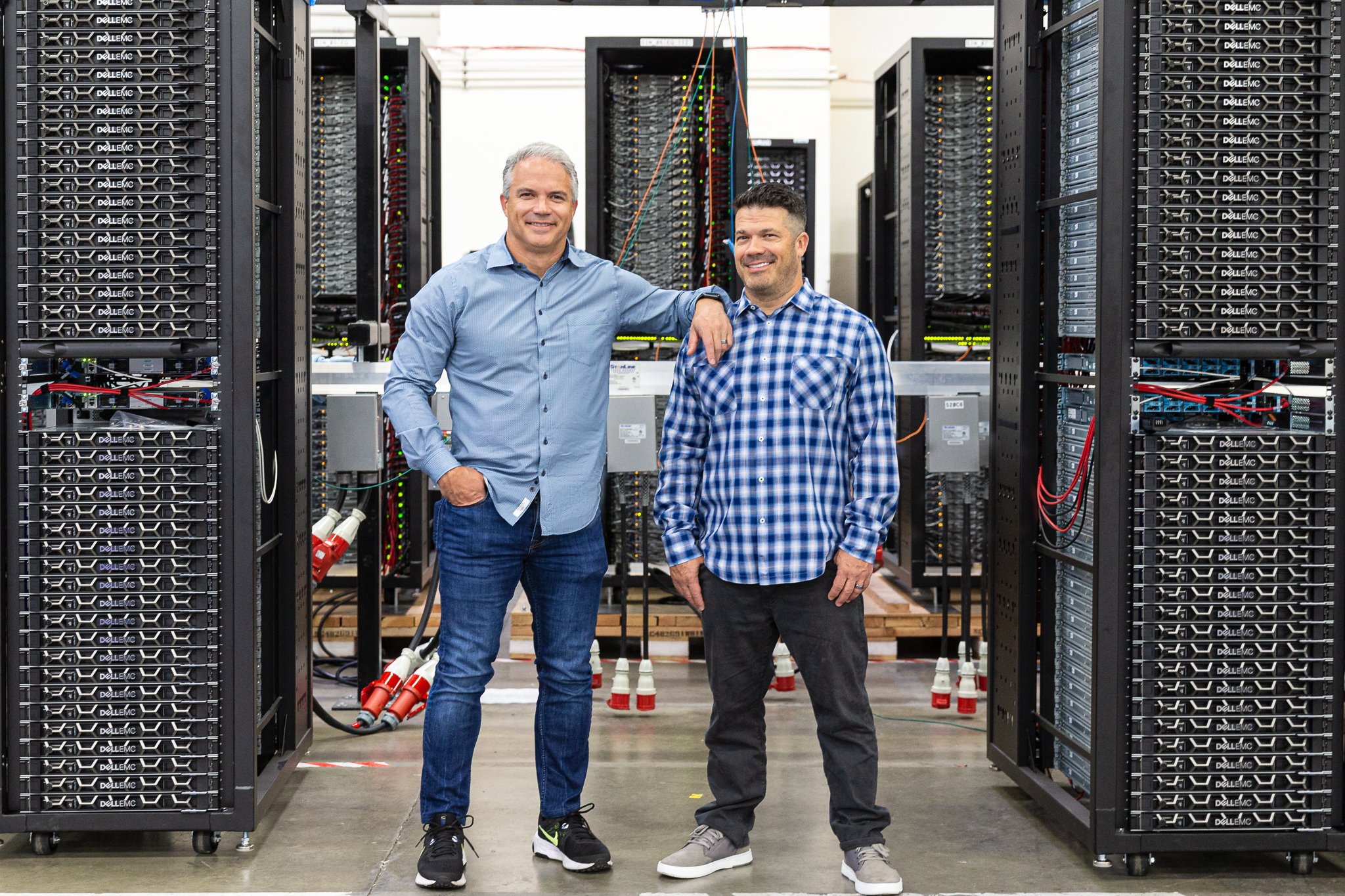In today’s business environment, simply making smarter decisions is not enough to remain competitive. You need to make smarter decisions faster. That means finding ways to mine large amounts of data efficiently.
One way to achieve this is by applying the concepts of DevOps to analytics. Removing the traditional gatekeepers to information and automating the processes of data ingestion and transformation.
By doing this, you can greatly accelerate your analytics. You can also employ ideas like MLOps to monitor your analytics models and DataOps to manage the pipelines that carry data throughout the analytics process.
Of course, applying DevOps to analytics isn’t without its challenges. Managing multiple environments, for example, can be a logistical headache, as can maintaining source control.
This is where a tool like Azure Synapse comes into play.
One tool for speed and control

Included in Azure Synapse’s suite of tools is Azure Synapse Analytics, a limitless analytics service that combines data integration, warehousing, and analytics under one big tent.
With Synapse Analytics, the collaboration between multiple developers can be greatly improved, allowing for increased usage of code by more than one party via tools such as GitHub—all without sacrificing source control.
In Synapse, developers can easily create their own feature branches, conduct debugging and testing within their own branch, then pass the code on for review and changes. Then, once the code is ready to move forward to another environment or into outright production, it can seamlessly be reconciled within the golden branch.
This not only removes long-standing bottlenecks in analytics management, it also takes away a lot of the necessary manual work involved in moving code between environments.
Beyond automation, using Synapse in tandem with DevOps streamlines the steps of reviewing and testing code, since these steps can be done throughout the process rather than at the very end. In other words, you can hit the gas pedal on your entire development process without sacrificing quality.
Things to look out for in adopting DevOps for data
If your organization is looking to adopt a DevOps approach to your data, there are a few things you need to understand before taking the plunge. These are:
|
Your current capabilities with applying DevOps (or MLOps or DataOps) within your organization |
|
|
What data you have access to and where their sources are located |
|
|
Whether you have the infrastructure in place to capture, store, and distribute large amounts of both structured and unstructured data |
Most of all, you need to be ready to break down many of the silos that currently exist in your organization, since DevOps is all about collaboration across teams. Unless you’re able to encourage that collaboration between data engineering, machine learning engineering, and data science, you’re going to face an uphill battle.
Another thing to keep in mind is that the Azure Synapse of DevOps continues to be a work in progress.
Still, the platform can already pay dividends simply by easing—and automating—the movement of code to various environments from a single source.
To learn more about using Azure Synapse to apply DevOps to your data analytics, schedule some time with one of our experts today.
This article was originally published in 2021 and has been updated with new content.
















